Children around the world take part in design challenge for Zero Hunger
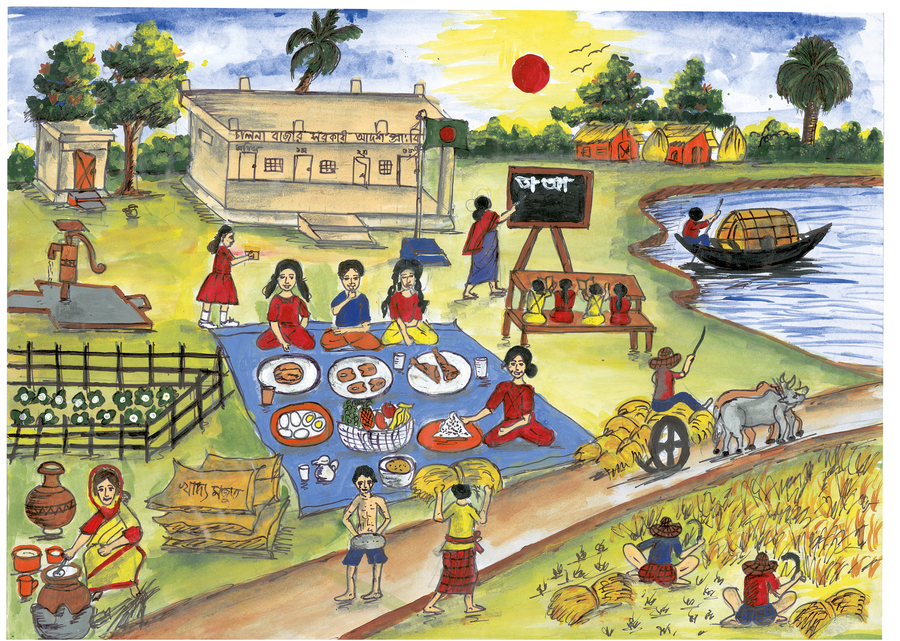
What does Zero Hunger mean to you? Children who receive school meals from the World Food Programme (WFP) in 22 countries answered this question through the drawings they submitted as part of the WFP Children's Design Competition 2017. Twenty of them will receive cash prizes for themselves and their schools.
Every day, millions of children around the globe turn up for school on an empty stomach. This affects their ability to learn, pursue their aspirations and fulfil their potential.
To help children concentrate on their lessons rather than on the rumblings in their tummies, WFP is running school meals programmes in over 60 countries and providing advice to government-led schemes in another 10.
For 13-year-old Sohaimen, from the Philippines, there is a clear link between having access to nutritious food and being able to pursue one's dreams. In his drawing, children dressed in the distinctive garb of different professions sit around a table laden with healthy food.
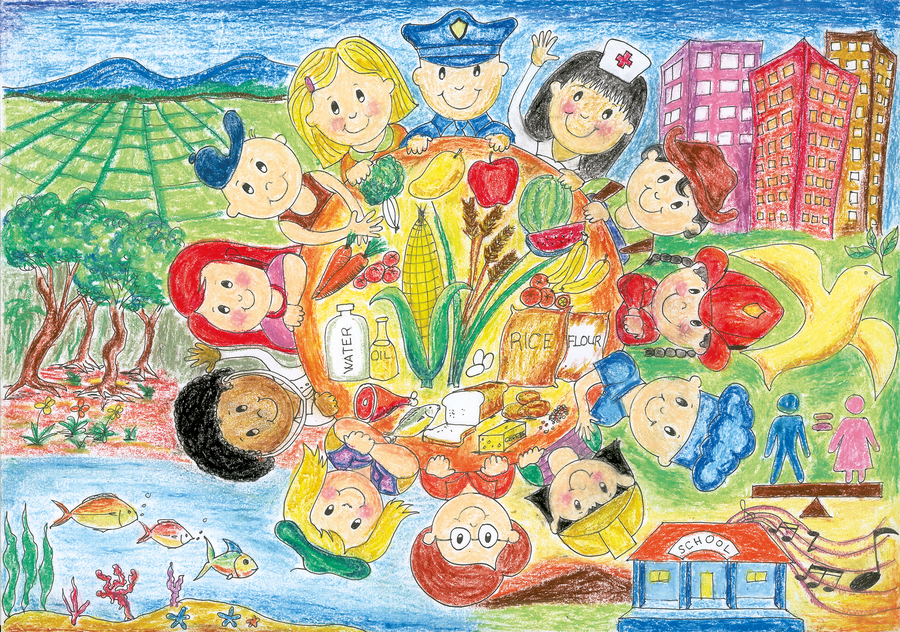
"If there was no hunger, all children would go to school and there would be equality between men and women," he says.
Soniya, a 10-year-old from Nepal who wants to be a doctor one day, could not agree more.
"A girl without food cannot study as she is always hungry and can only think about what she will eat next," Soniya says. She is happy when she eats at school as she feels she can learn better.
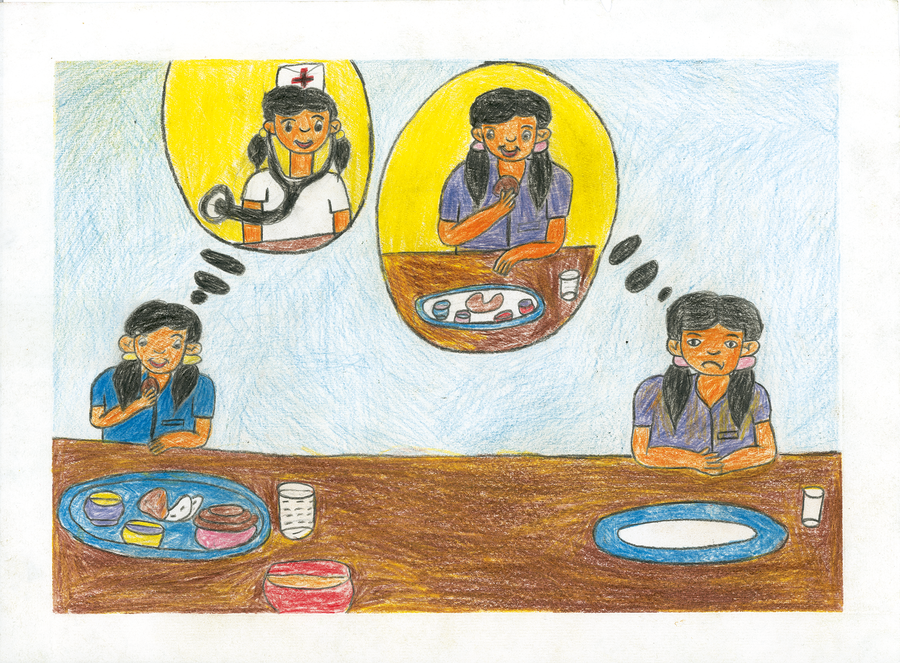
Soniya and Sohaimen's drawings were among thousands of artworks that came in from participating schools. WFP country offices conducted a preliminary screening that led to the choice of 120 finalists.
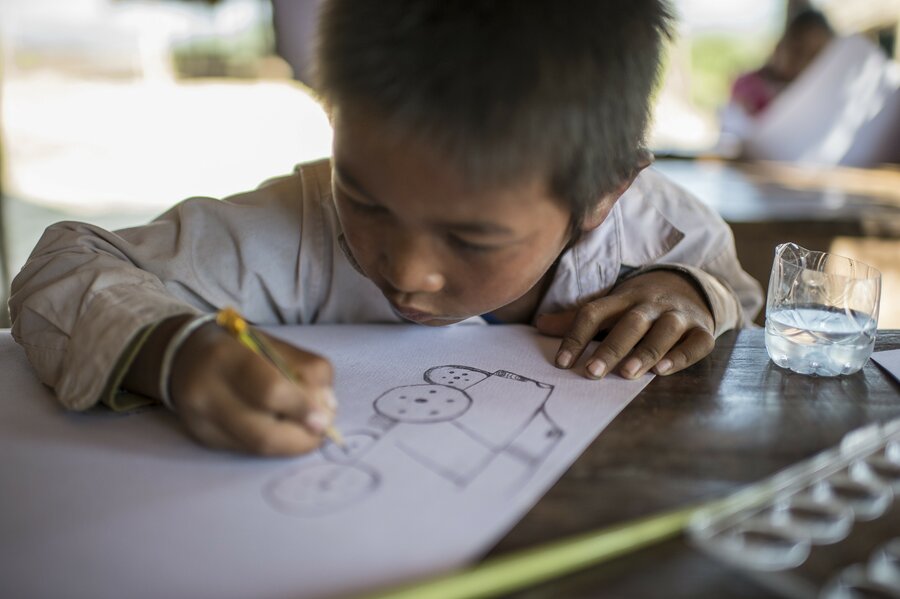
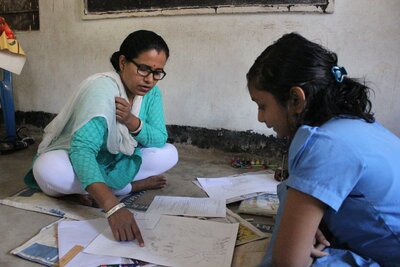
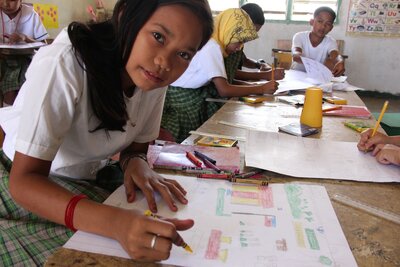
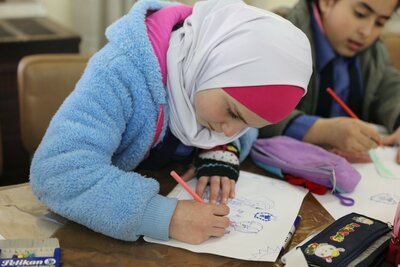
The 20 winning artworks — selected by a jury composed of WFP staff — take us on a journey around the world as seen through the eyes of these young artists: familiar landscapes, everyday scenes at home, at school or in the fields, and even WFP activities.
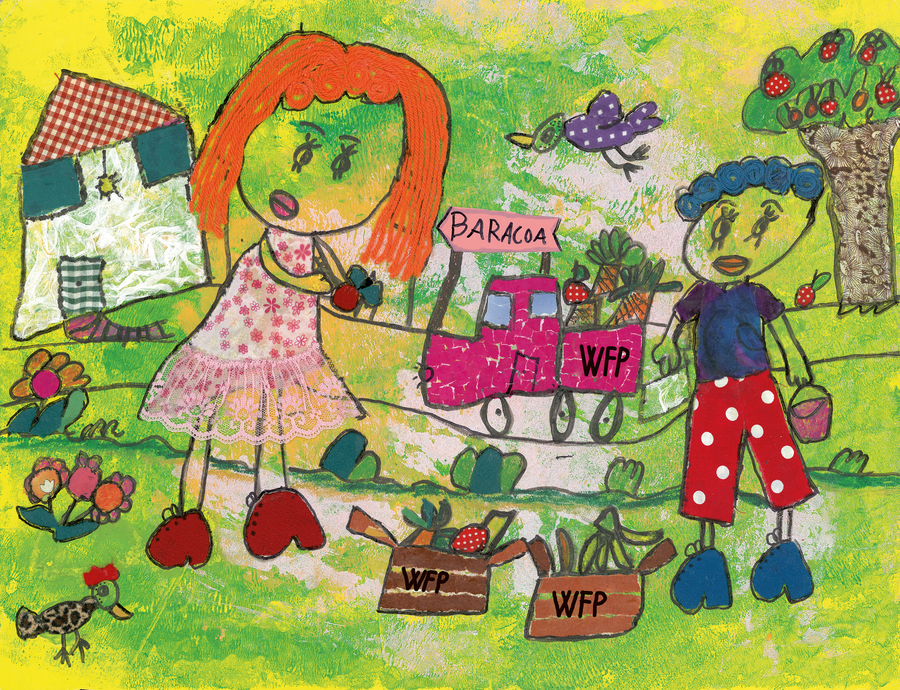
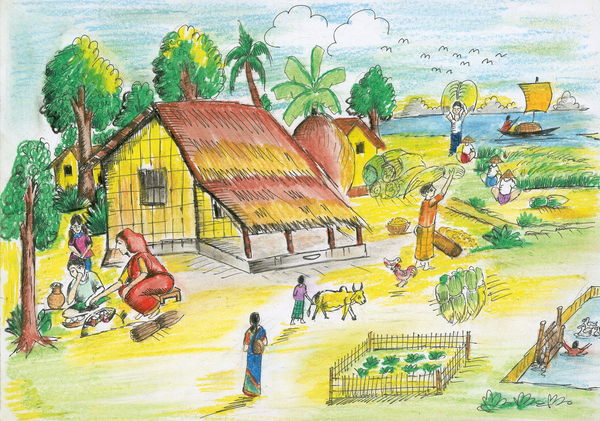
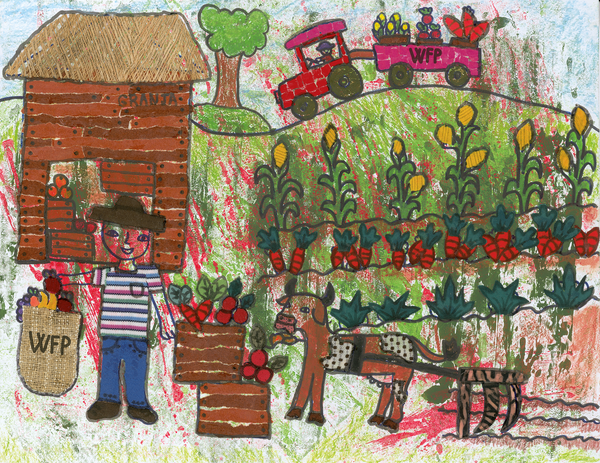
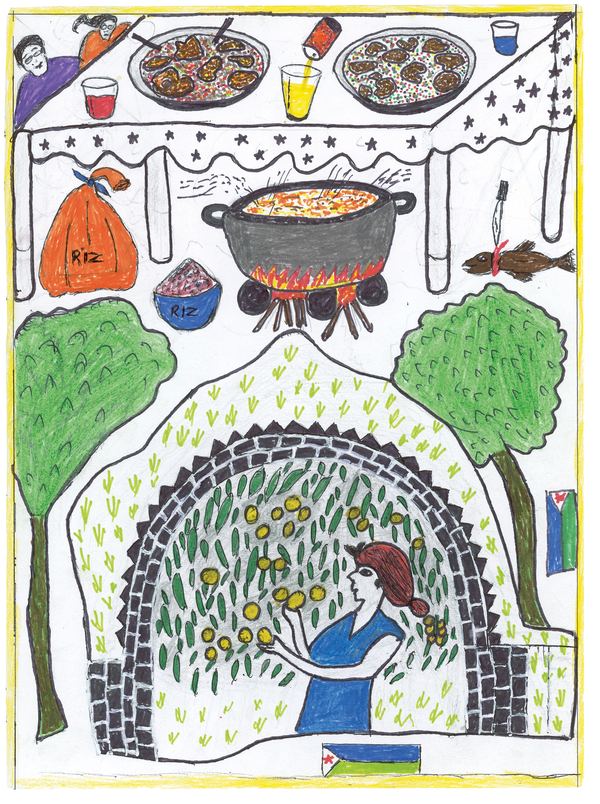
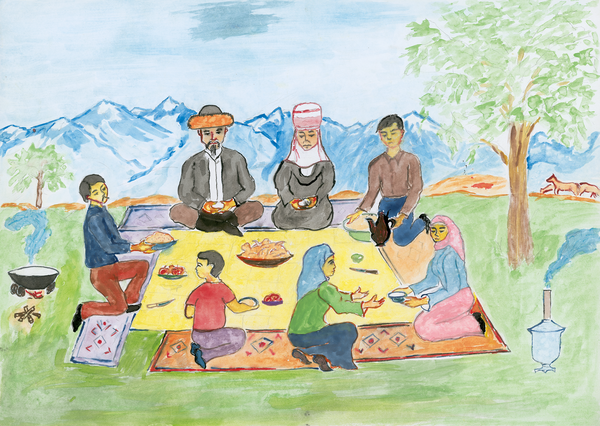
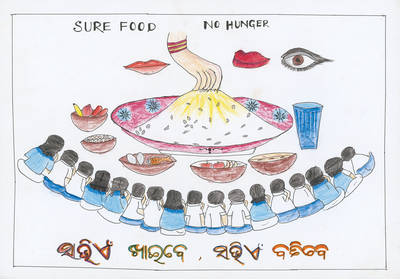
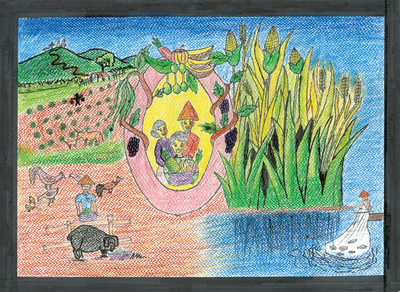
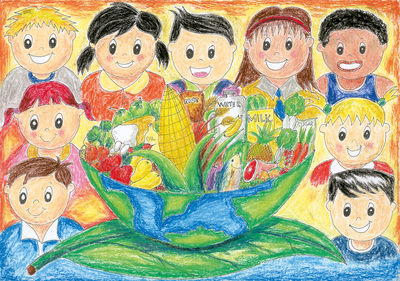
Through these artworks, we also see what these children dream for the world — not just for themselves. Diego, 10, from Cuba; Vardan, also 10, from Armenia; Christian,13, from the Philippines, and Selvin, 12, from Honduras imagine a future where people come together to share food and achieve Zero Hunger.
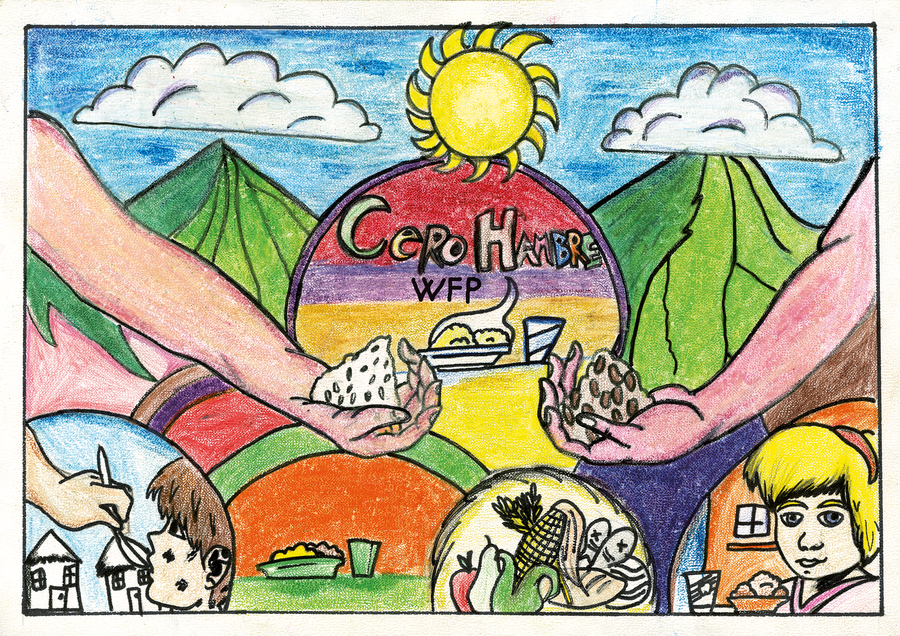
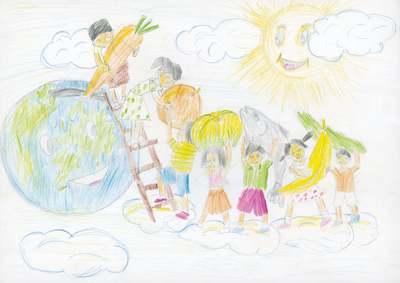
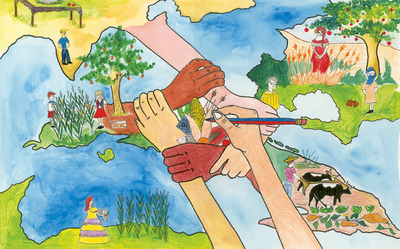
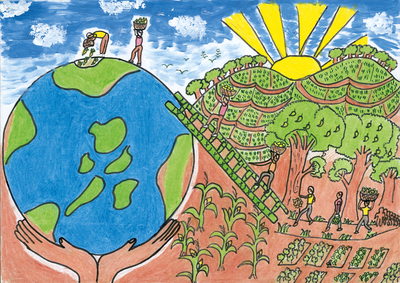
For 12-year-old Amadou, from The Gambia, the world "is better in green". His drawing shows two alternatives for earth: one that is polluted and affected by climate change and the other that is not polluted and is green, in which people are happier.
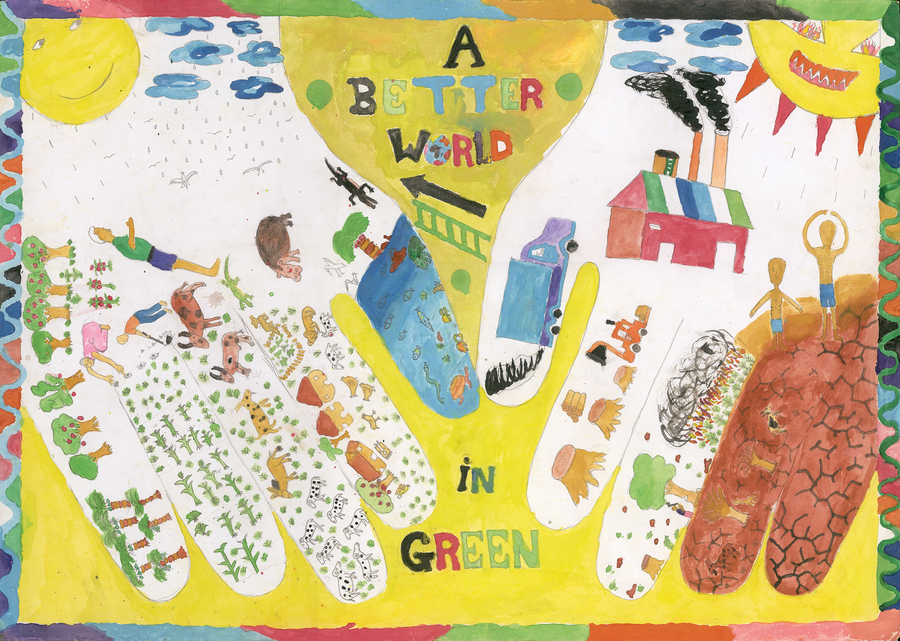
Children from war-torn countries depict the everyday situations they are painfully denied — children walking freely to school for Roua, 7, from Syria and learning in an open-air class, boys and girls together, for 11-year-old Mariam (Afghanistan).
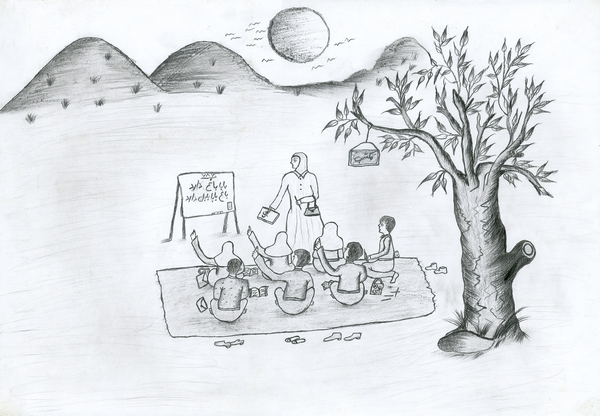
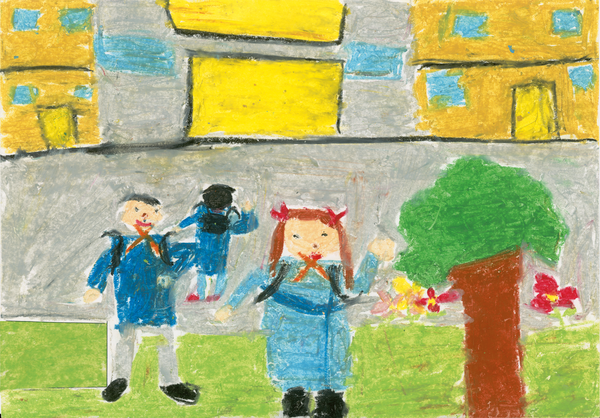
Rather than looking at a brighter future, 12-year-old Areej from Jordan points her finger at what she sees as one of the causes of hunger: the inequality between those that have food, and maybe too much of it, and those who don't — especially children.

The 20 winners will receive a cash prize for themselves and one for their schools, to be spent on stationery.
The artworks will be used as part of WFP's visual identity at events and on merchandise.

—
